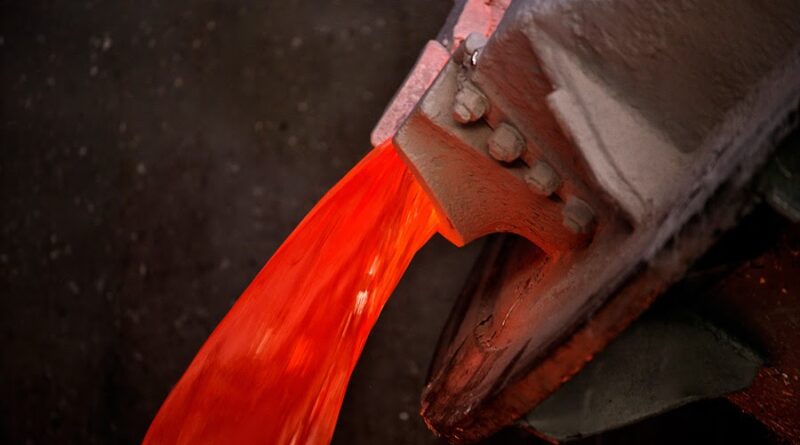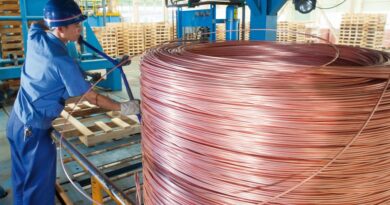Anglo American shows good numbers under the circumstances
Production results for the six months ended June 2020 from Anglo American show, on balance, good numbers under the circumstances. There are some bright spots in the Anglo numbers and the company keeps full year production estimates in place.
Anglo American says its global operations have shown resilience in addressing the challenges posed by the Covid-19 pandemic. Still, second-quarter production has been impacted despite strong performances from iron ore in Brazil and copper in Chile. It has also confirmed plans to exit its SA thermal coal operations.
In a production report for the three months to end-June, the diversified resources company said production had recovered from 60% of total capacity at the height of the lockdown in April to reach about 90% at the end of June. The Covid-19 lockdowns across southern Africa affected De Beers, Anglo American Platinum (Amplats), Kumba and its thermal coal operations. Amplats also reported lower refined production of platinum group metals due to the repairs and the subsequent ramp-up of the ACP converter plant at its Waterval smelter.
Anglo American plc is a South African multinational mining company based in Johannesburg, South Africa and London, United Kingdom. It is the world’s largest producer of platinum, with around 40% of world output, as well as being a major producer of diamonds, copper, nickel, iron ore and metallurgical and thermal coal.
“Anglo American has shown resilience in addressing the challenges posed by Covid-19, acting quickly to help safeguard the lives and livelihoods of our workforce and host communities. Our comprehensive response supported the continuity of the majority of our operations during varying degrees of lockdown in different jurisdictions, albeit at reduced capacity in many cases,” Mark Cutifani, Chief Executive of Anglo American, said.
The group reported an 18% decrease in production for the period. The impact of the lockdowns was cushioned by its Minas-Rio iron ore operation in Brazil and the Collahuasi copper operation in Chile.
Minas Rio produced 6.2 million tonnes of high-quality iron ore over the quarter, while copper production at Collahuasi increased by 38%. In Australia, production of metallurgical coal fell 32% from the same period last year to 4 million tonnes due to two incidents underground, at its Moranbah and Grosvenor operations, as well as longwall moves at Grosvenor and Grasstree.
Kumba’s production declined by 20% to 8.5 million tonnes, reflecting the lower workforce levels in response to the lockdown, the subsequent reopening of operations with fewer workers and the ramp-up in production to normal run-rates in June.
At Amplats, platinum and palladium production decreased by 41% to 307,400 ounces and 34% to 228,400 ounces, respectively because of shutdowns in South Africa and Zimbabwe due to Covid-19. Its Mogalakwena mine operated at about 50% through April before ramping up to normal levels by the end of the quarter.
Amandelbult didn’t operate during April but ramped up to about 50% production at the end of the quarter and was expected to reach 85% production levels by the end of the year.
Metallurgical coal production decreased by 32% to 4.0 million tonnes due to two incidents underground, at Moranbah and Grosvenor, as well as longwall moves at Grosvenor and Grasstree.
“During the quarter, we have confirmed our plans to work towards an exit from our remaining thermal coal operations in South Africa, in line with our overall trajectory towards later cycle products,” Cutifani said.
“And, benefiting from the ongoing transformation of our physical processes through our FutureSmart Mining programme, we set out our clear aim of achieving carbon neutrality across our operations by 2040 – an ambitious and important commitment for us as a business, for our employees and our diverse stakeholders.”




